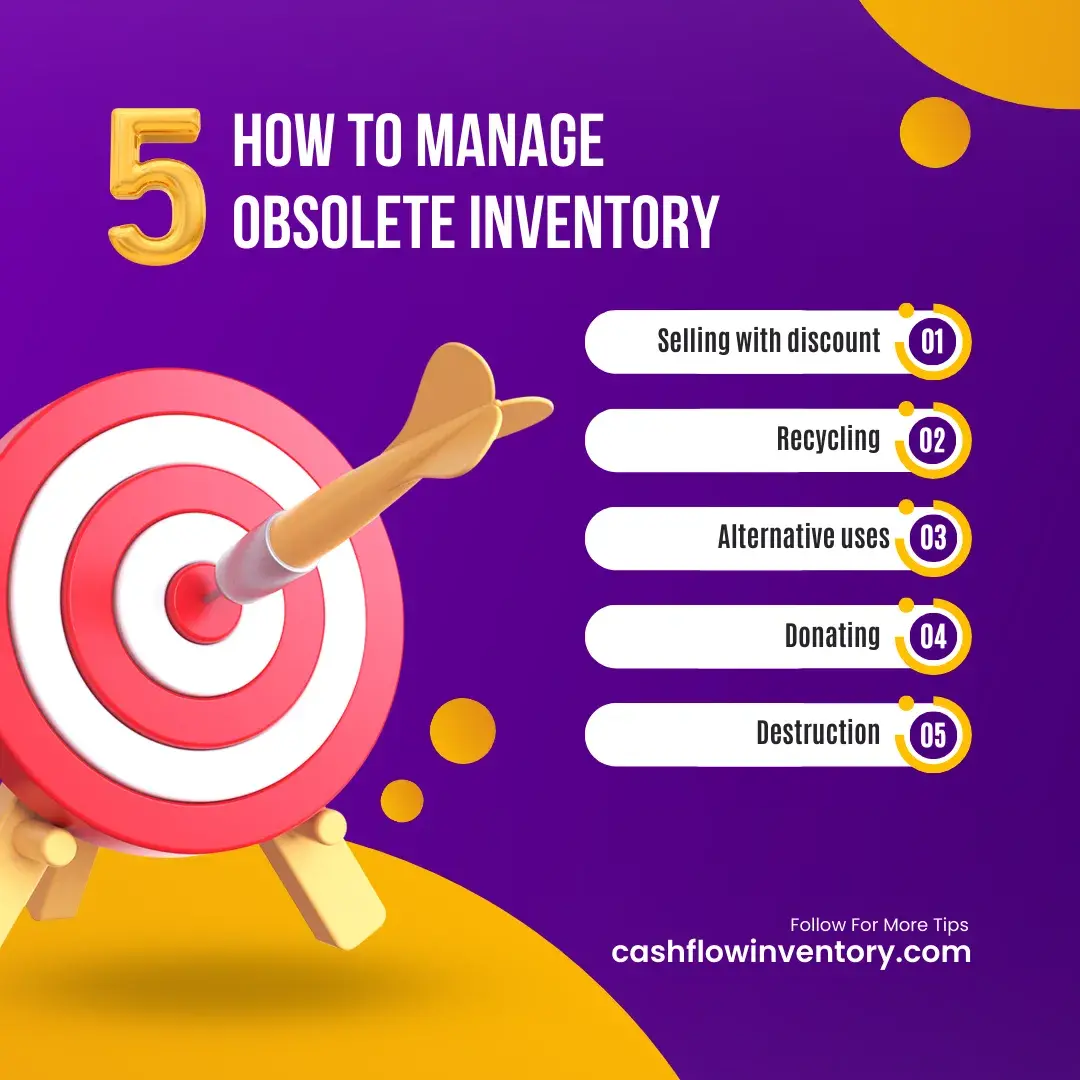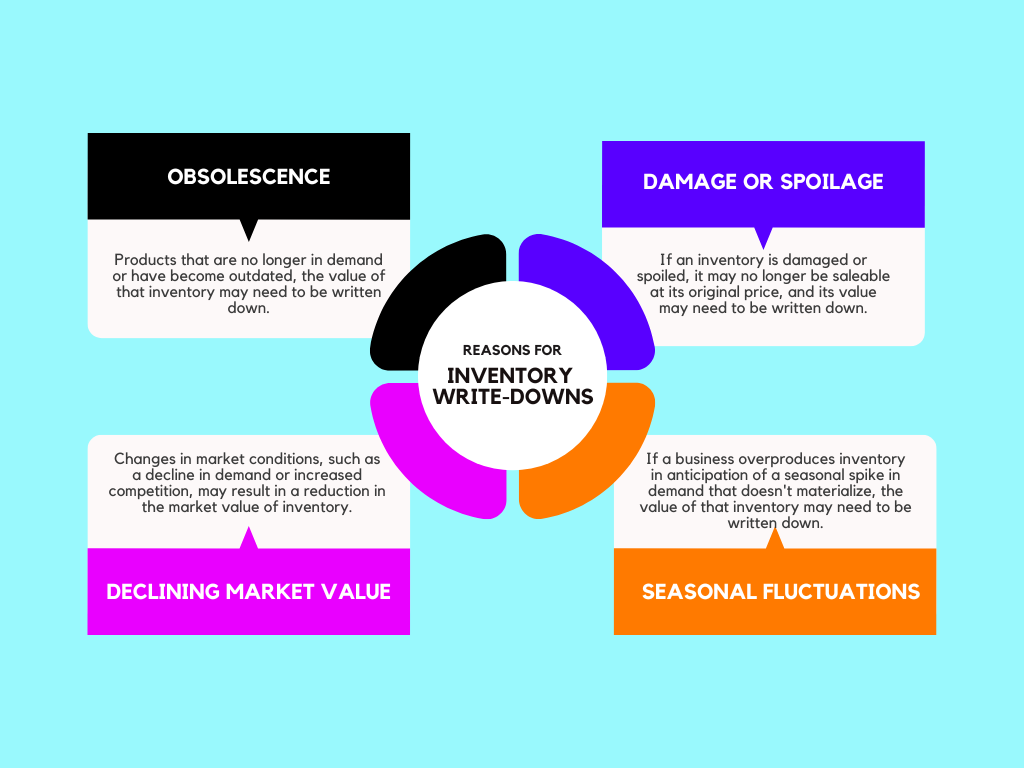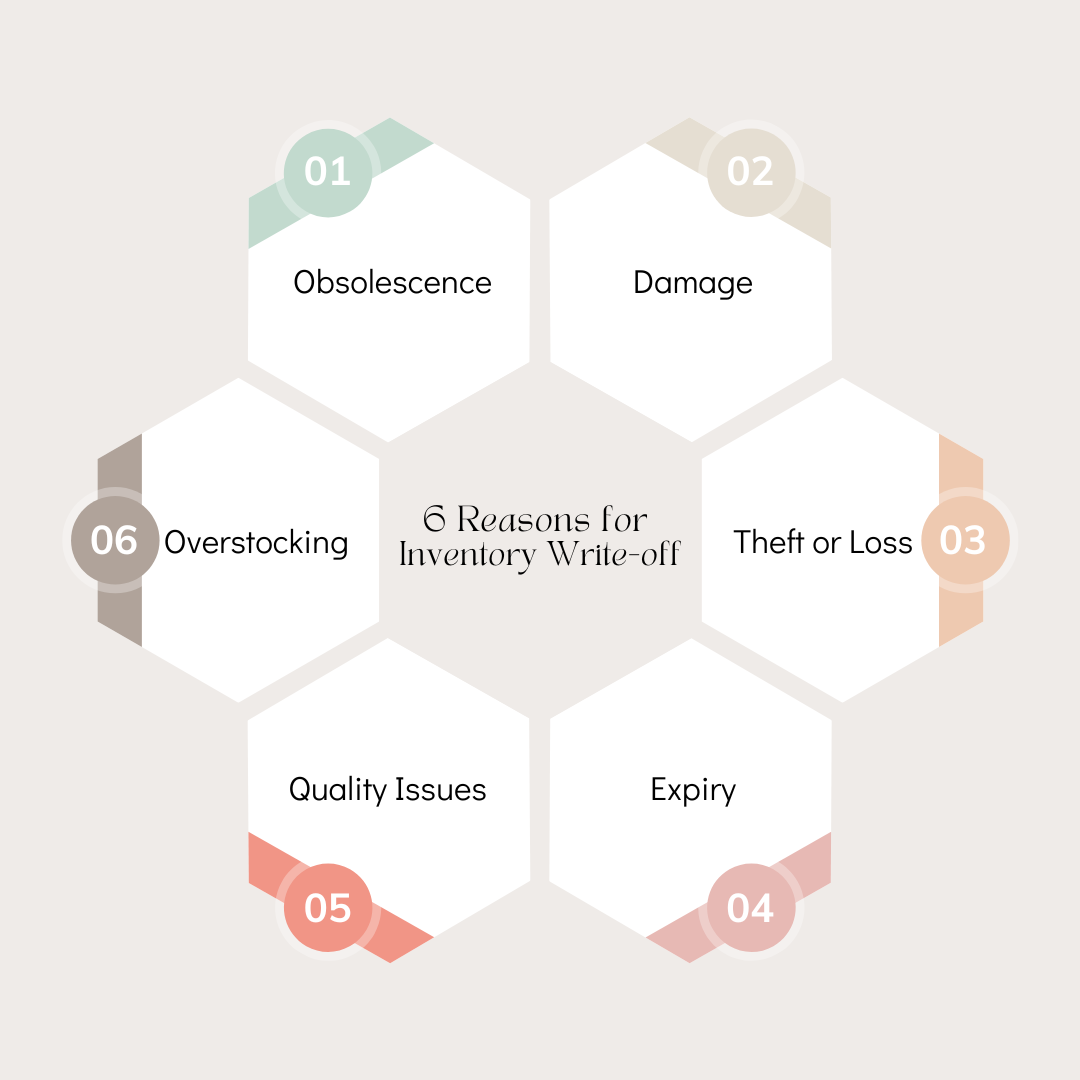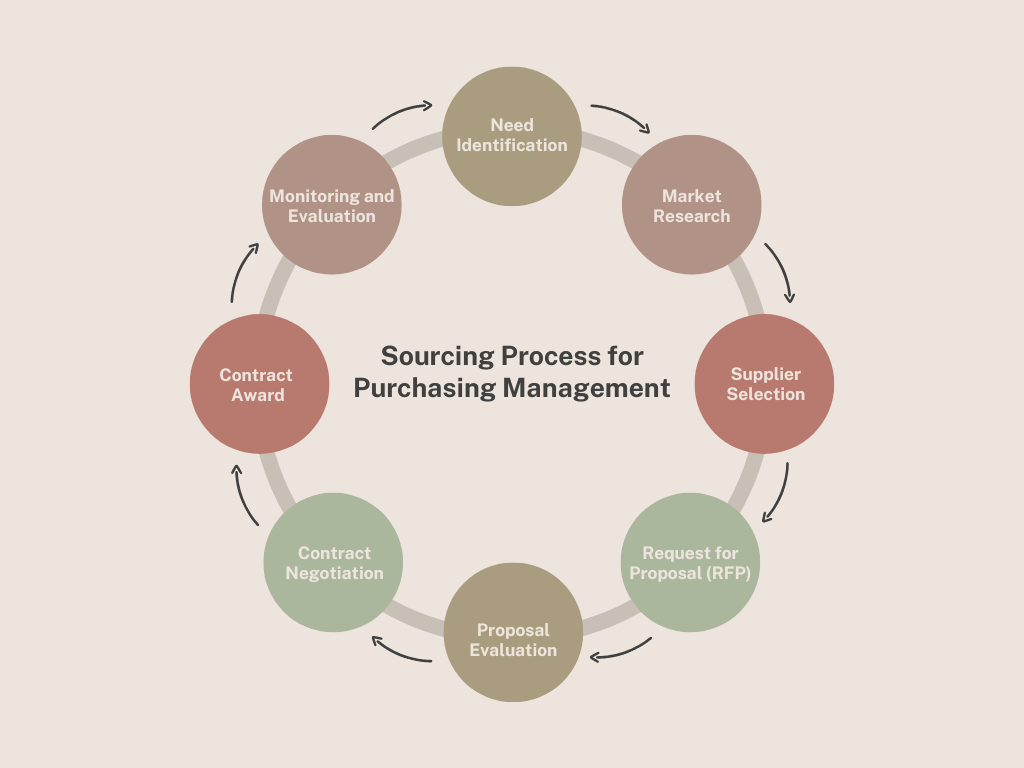
Inventory Aging: Strategies for Optimizing Your Stock Levels
Inventory aging is a method used by businesses to analyze the age of their inventory and determine its value. The process involves categorizing inventory items based on their age or the length of time they have been in the inventory. This enables businesses to identify slow-moving or obsolete inventory that may be tying up valuable […]
Read More
Obsolete Inventory: Everything You Need to Know
Obsolete inventory refers to goods or materials that a company has on hand but can no longer use or sell due to various reasons, such as being outdated, damaged, or no longer in demand. According to a study of Avery Dennison, On average 8% of stock perishes or is discarded annually, which is worth approximately […]
Read More
Inventory Planning: A Step-by-Step Guide
Inventory planning is the process of deciding how much and when to order products to meet customer demand and production needs. It is a critical component of supply chain management, as it helps businesses to ensure that they have enough products on hand to meet customer demand without overstocking and incurring unnecessary costs. Why Is […]
Read More
Omnichannel Inventory Management: A Comprehensive Guide
Omnichannel inventory management is the process of managing inventory across multiple sales channels, including physical stores, e-commerce websites, marketplaces, and social media platforms. The goal of omnichannel inventory management is to ensure that inventory levels are optimized across all channels and that customers have access to the products they want, when they want them, regardless […]
Read More
Managing Inventory Thresholds for Effective Supply Chain Management
Inventory threshold is the minimum quantity of a specific product that a business wants to have on hand at all times. The threshold is essential to ensure that there are enough items in stock to meet customer demand without overstocking or understocking. When the inventory level drops below the threshold, it signals the need to […]
Read More
Inventory Depreciation: Strategies for Mitigating Risk and Minimizing Losses
Inventory depreciation refers to the decrease in the value of a company’s inventory over time due to factors such as obsolescence, damage, spoilage, or changes in market demand. This decrease in value is recorded as an expense on the company’s income statement and is reflected in the company’s balance sheet as a reduction in the […]
Read More
Demand Planning in Inventory Management for Optimal Business Performance
Demand planning is the process of forecasting future demand for a product or service in order to optimize inventory levels, production schedules, and resource allocation. It is important for businesses because it helps them ensure that the right amount of product is available at the right time and in the right location to meet customer […]
Read More
Inventory Write-Down: An Essential Guide for Businesses
An inventory write-down is a reduction in the value of a company’s inventory due to a decrease in its net realizable value (NRV), which is the estimated selling price of the inventory minus any costs associated with its sale. It reflects a loss in the value of the company’s inventory and is a non-cash expense that […]
Read More
Inventory Write-Offs: Causes, Consequences, and Best Practices
An inventory write-off is an accounting transaction that recognizes the reduction in the value of inventory due to loss, damage, obsolescence, or any other reason that makes it unlikely that the inventory will be sold or used in the future. When a company determines that a portion of its inventory is no longer usable or […]
Read More
Sourcing Process for Purchasing Management: The Essential Guide
The sourcing process for purchasing management is the series of steps and activities involved in procuring the goods and services required by an organization. It includes identifying the organization’s needs, researching potential suppliers, selecting the best suppliers, and negotiating and formalizing contracts with them. The ultimate goal of the sourcing process is to ensure that […]
Read More